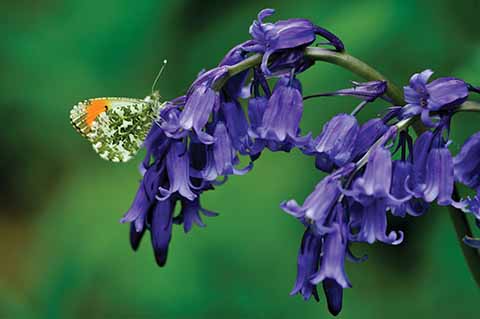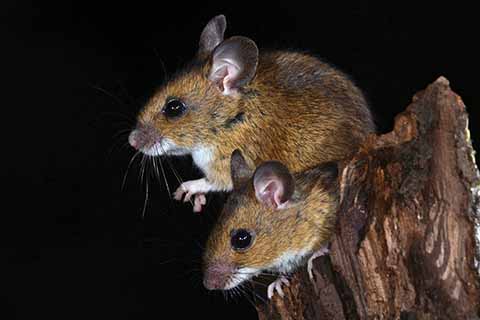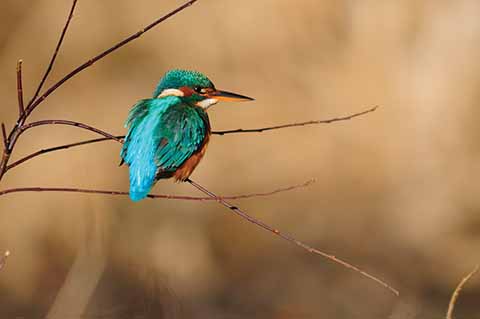Girdlers Coppice
Colin Varndell celebrates a wildlife treasure trove in North Dorset.
Published in April ’19
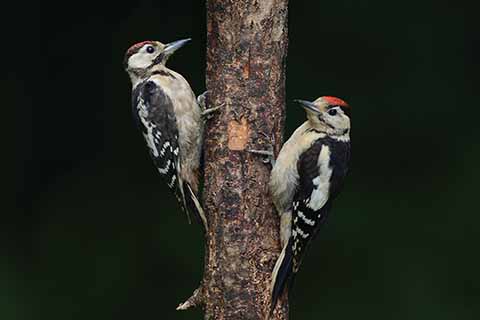
In spring, listen for the ‘drumming’ sound of great spotted woodpeckers hammering their beaks on hollow boughs
Girdlers Coppice is a site of ancient woodland, comprising a mix of deciduous tree species including aspen, spindle and wild service tree. Much of the woodland is hazel coppice with oak standards. Although this is a small woodland of only seven hectares, it benefits from being overshadowed by the much larger Piddles Wood dominating the hillside above. This allows species like purple hairstreak and white admiral butterflies, normally associated with large woodlands, to ‘overspill’ into Girdlers Coppice. The wood is situated approximately two miles east of Sturminster Newton and is bordered by the A357 to the south, sloping down to the River Stour forming the northern boundary. The coppice is owned and managed by the Dorset Wildlife Trust and is an important nature reserve supporting a diverse range of flora and fauna.
The abundance of wild flowers in this wood is the direct result of continuous rotational coppicing, which is carried out by DWT rangers and volunteers. This regime creates open areas, allowing sunlight to reach the woodland floor for the benefit of wild flowers and invertebrates. April is an excellent time to visit Girdlers Coppice in order to enjoy the openness of the canopy, the bird song and the spring flowers and insects. Wild flowers of particular note include primrose, wood anemone, bluebell, greater stitchwort, early purple orchid, moschatel (aka townhall clock) and dog violet. Pollinating this varied mosaic of plants are honey bees, bumblebees, beeflies and early butterflies including green-veined white, holly blue and orange-tip.
All this abundant wildlife activity is set against the sounds of drumming woodpeckers and the territorial songs of resident birds. The two-note monotonous tune of the chiffchaff, the blackcap’s quick, jumbled notes, the willow warbler’s descending melody in the minor mode and the fluty repetitions of the songthrush give this place a noisy, melodious dimension in spring. Tawny owls live here, spending their days silent and still, tucked up in ivy clumps or in hollow trees, hidden by their mottled plumage. At dusk, this nocturnal hunter emerges on silent wings to hunt for bank voles or wood mice rustling in the leaf litter.
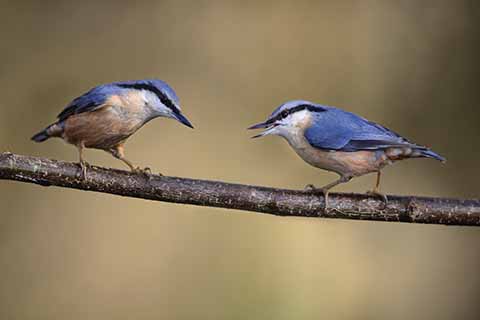
Nuthatches are resident in Girdlers Coppice; Listen for their ‘Toit-toit-toit’ contact calls echoing through the trees
As spring fades into summer, the clearings become host to different plants and invertebrates. Patches of bramble produce mauve-white flowers to entice nectar-sipping butterflies like purple hairstreak, silver-washed fritillary and white admiral. The purple hairstreak, although quite common here, is difficult to see as it tends to stay high up around the crowns of oak trees, sipping honeydew.
Roe deer hide amongst the thickets during daytime, occasionally venturing out to graze in the grassy rides. Other mammals present include fox, badger and small animals such as wood mouse, yellow-necked mouse and the delightful dormouse. The dormouse is one of only two terrestrial mammals that truly hibernate, the other being the hedgehog. Hibernation allows the dormouse to survive the winter months when there is little or no food available. This tiny mammal with long furry tail emerges in April to feast on blackthorn flowers and upon the insects attracted to this early nectar source.
In high summer, interest turns to the lower part of the reserve in the strip of flood meadow bordering the river Stour. Much of this area is waterlogged in winter and there are no trees here. But in summer, the meadow is a head-high jungle of tall sedges, burdocks, grasses, teasels, docks and umbellifers. This wild herbage provides cover for the teeming invertebrate life, especially the Odonata that include the beautiful and banded demoiselles as well as the azure, blue-tailed and nationally rare white-legged damselflies.
One of the most impressive insects on display here is the brown hawker, a large, dark dragonfly, hovering over the vegetation with golden wings glinting in the sunlight. Although north-facing, the woodland edge here catches plenty of afternoon sunlight and supports a good range of under-storey shrubs including bramble, blackthorn and woody nightshade. Butterflies like silver-washed fritillary and comma flit along the woodland edge, sipping nectar from bramble flowers and sunning themselves in sunspots.
At the west end of the flood meadow, damper conditions support a range of marsh plants which include ragged robin, southern marsh orchid, butterbur, marsh marigold and lady’s smock. But the alien invasive Indian balsam has also found its way here and poses a serious threat to indigenous plant species by casting shade over them with its vigorous foliage and so starving them of sunlight.
The jewel in the crown for wildlife watchers here has to be the bright blue dart of a bird not often seen in the dense vegetation. But the kingfisher can certainly be heard while frequently dashing along the river, uttering its piercing, piping call.
